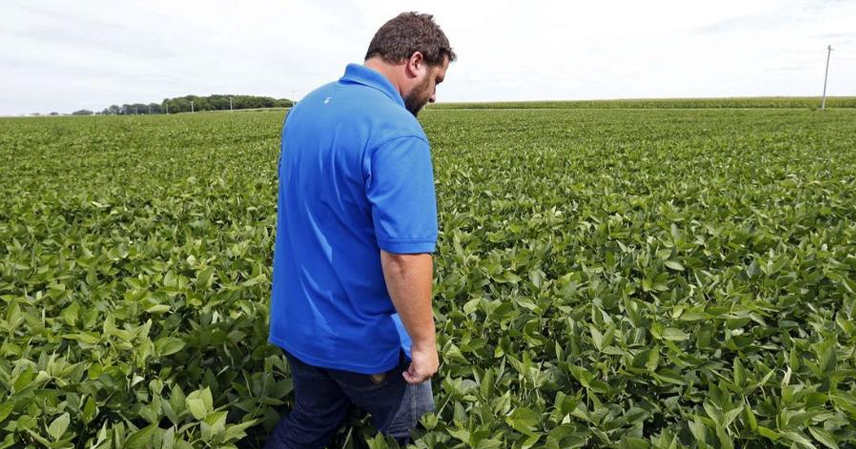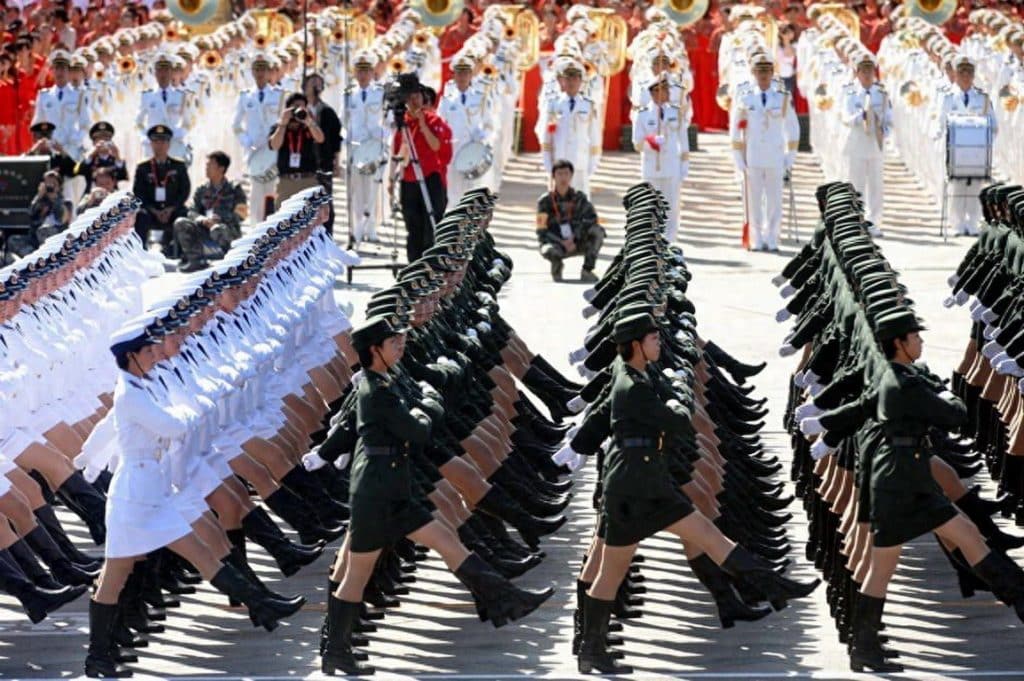As the Asia-Pacific Economic Cooperation (APEC) summit approaches, former U.S. President Donald Trump publicly announced on October 1, 2025, his intention to meet with Chinese leaders. He emphasized that soybean trade would be a primary topic. Compared to Trump’s proactive stance, China’s response—stating that no specific information could be provided—appears notably cautious and measured.
This cautious approach can be better understood against the backdrop of China’s historical experience with soybean imports. In 2004, following China’s accession to the World Trade Organization (WTO), soybeans became one of the first agricultural commodities to be fully opened to foreign competition. Low tariffs and market liberalization led to a surge of imported soybeans, overwhelming domestic production. A high-value soybean contract with the United States at the time further exposed China to market volatility: by the time shipments arrived, prices had dropped, enabling American and French agribusinesses to acquire stakes in Chinese processing firms. This episode underscored the critical importance of food security for China.
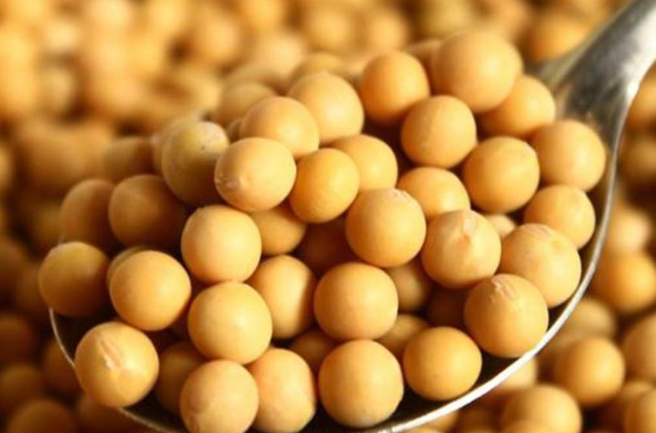
Why China Stopped Purchasing U.S. Soybeans in 2025
Historically, Chinese soybean purchases from the U.S. would continue from January through March of the following year. However, in 2025, China ceased acquiring U.S. soybeans starting in May.
From the U.S. perspective, Trump’s public appeals through social media in August suggested that he interpreted China’s suspension as a temporary retaliation against American tariffs. In reality, China’s decision reflects a long-term strategic approach aimed at ensuring national food security rather than a short-term trade dispute.
China’s reliance on imported soybeans has historically exposed it to vulnerability. The 2004 soybean influx and supply disruptions during the 2018 U.S.-China trade war illustrate the risks of dependency. Soybeans are a fundamental component of Chinese diets, particularly in livestock feed for pork, dairy, and poultry production. Ensuring a stable and diversified supply is thus critical to domestic agricultural stability.
In response to the halt in U.S. imports, China diversified its procurement, sourcing soybeans from Brazil, Argentina, and Russia. Trade was increasingly conducted in Chinese renminbi, strengthening long-term economic ties with these supplier nations. Concurrently, China’s domestic soybean revitalization program, launched in 2019, has successfully increased output from 16.95 million tons in 2019 to an estimated 21.09 million tons in 2025. Improvements in low-protein feed technologies have further reduced the total soybean requirement in animal feed.
Taken together, China’s strategic shift not only maintains stable supply chains in the short term but also gradually fills domestic production gaps, enhancing autonomy and bargaining power in global soybean markets.
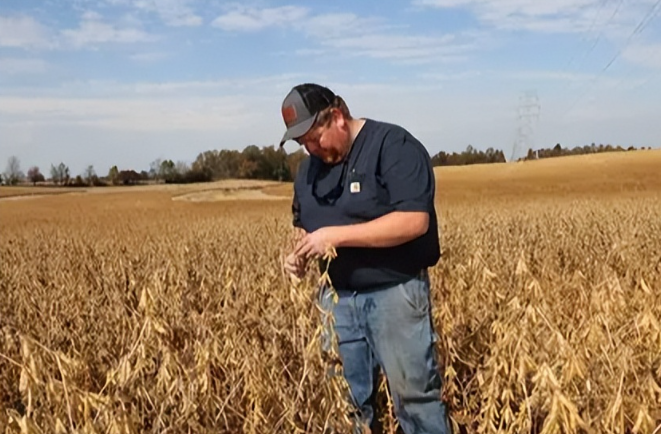
Consequences for U.S. Farmers
The suspension of Chinese imports has had immediate repercussions for American soybean producers. According to the U.S. Department of Agriculture, 2025 marked a record-high U.S. soybean harvest with stable quality. Normally, China accounts for over half of U.S. soybean exports, guaranteeing substantial revenue for American farmers.
With no Chinese orders and a harvest nearing completion, large stockpiles have accumulated, driving prices down. U.S. soybean prices have dropped approximately 30% compared to the previous year, with the Midwest alone holding 4.68 million tons in storage. Many farm owners face insolvency, and 2025 farm bankruptcies are reported at their highest levels since 2021.
The impact extends beyond economics. Trump and the Republican Party have historically relied on agricultural constituencies, especially rural counties where soybean farming represents a significant portion of local income. In the 2024 election, Trump garnered an average of 78% of votes in such regions. The suspension of Chinese soybean purchases, therefore, exerts political pressure on U.S. leadership. Subsidy programs introduced to offset losses provide limited relief, and farmer support for Trump has reportedly declined.
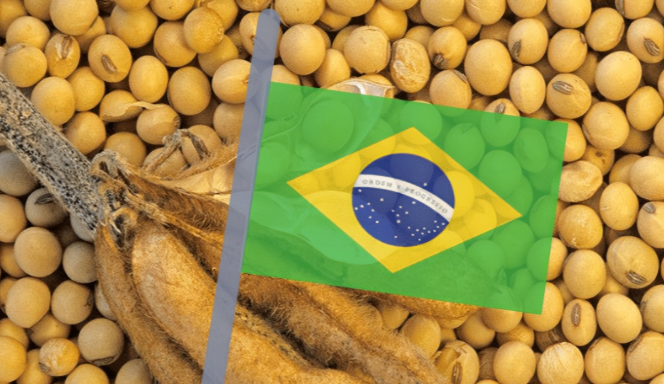
The Long-Term Market Shift
Even with potential negotiations at the upcoming APEC summit, the chances of the U.S. regaining its former dominance in the Chinese soybean market are slim. In 2025, Brazil accounted for nearly 80% of China’s imported soybeans, while U.S. market share had historically peaked at around 60%.
Brazil has invested heavily in trade infrastructure, including modernization of Santos Port, its largest export hub. China’s COFCO Group has invested 1.64 billion reais to establish a terminal capable of handling 14 million tons annually, significantly enhancing logistics efficiency for China-Brazil soybean trade. Unlike U.S. exports, Brazilian soybeans face no tariff barriers, exhibit more stable pricing, and benefit from expanding cultivation areas and improved agricultural technology. Argentina and other South American nations are similarly positioned to expand market share if opportunities arise.
Consequently, even if negotiations at the APEC summit yield partial increases in Chinese purchases, the structural shift toward South American suppliers is unlikely to reverse in the near term. The U.S., by pursuing tariff-based trade strategies, has effectively ceded a significant portion of its market to competitors.
Strategic Implications
China’s approach demonstrates a calculated balance between domestic production, supply diversification, and trade partnerships. By reducing dependency on U.S. soybeans, it mitigates risk to national food security and strengthens its leverage in international agricultural trade.
For the U.S., the soybean market disruption underscores the vulnerability of relying heavily on a single export destination. Market losses, debt accumulation among farmers, and political repercussions illustrate the far-reaching consequences of trade policy decisions.
In a broader context, the soybean trade dispute highlights the importance of long-term planning, market diversification, and diplomatic engagement in global food security and trade strategy.
References:
- U.S. Department of Agriculture, Crop Production Reports, 2025
- China Ministry of Agriculture, Soybean Production and Import Data, 2019–2025
- COFCO Group, Infrastructure Investment Announcements, 2024
- APEC Summit Statements, 2025

